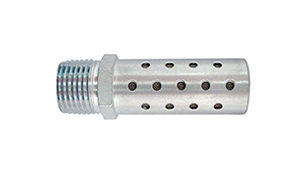Control Valves

- …
Choosing the Right Control Valve
Pneumatic valves control airflow in various systems, offering different functionalities to suit diverse needs. Let’s explore the types available at Topring and their unique features and applications.
Manual Valves:
Simple yet reliable, manual valves are the cornerstone of pneumatic control systems. With their intuitive design and ease of operation, manual valves allow operators to manually regulate airflow via button, lever, handle and pedal.
Mechanical Valves:
Mechanical pneumatic valves are actuated by mechanical means such as levers. Unlike manual valves, which rely solely on human manipulation, mechanical valves utilize mechanical force to control airflow. Mechanical valves can be designed to operate automatically based on changes in pressure, temperature, or other factors, making them suitable for applications requiring continuous or automated operation.
Solenoid Valves:
Solenoid valves use an electric current to actuate a solenoid coil, which controls airflow through the valve. With a wide range of configurations, including 2-way, 3-way, 4-way and 5-way valves, solenoid valves offer unparalleled versatility and efficiency in pneumatic applications.
Piloted Valves:
Pneumatic piloted valves operate on the principle of using a smaller pilot valve to control the operation of a larger main valve. The pilot valve is actuated by pneumatic pressure, typically supplied by a separate control system or manually operated pneumatic valve. Piloted valves are essential for optimizing performance and efficiency because they can accurately regulate airflow and handle high pressures.












